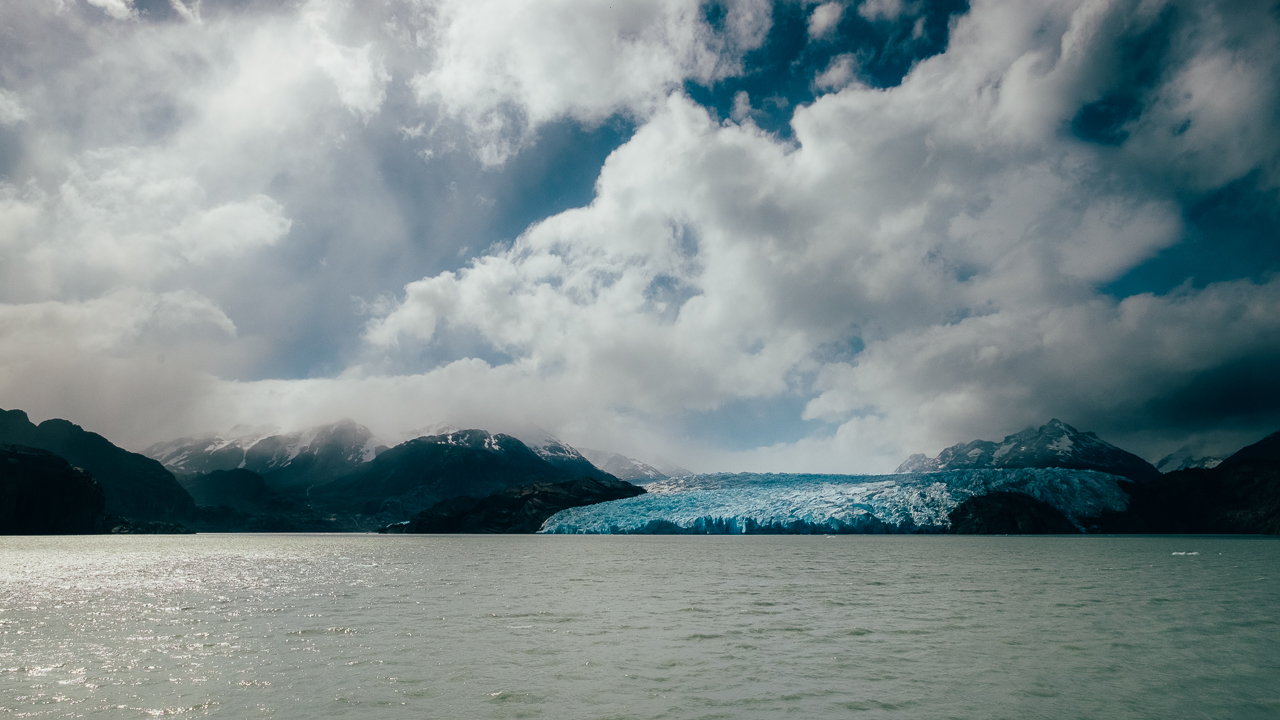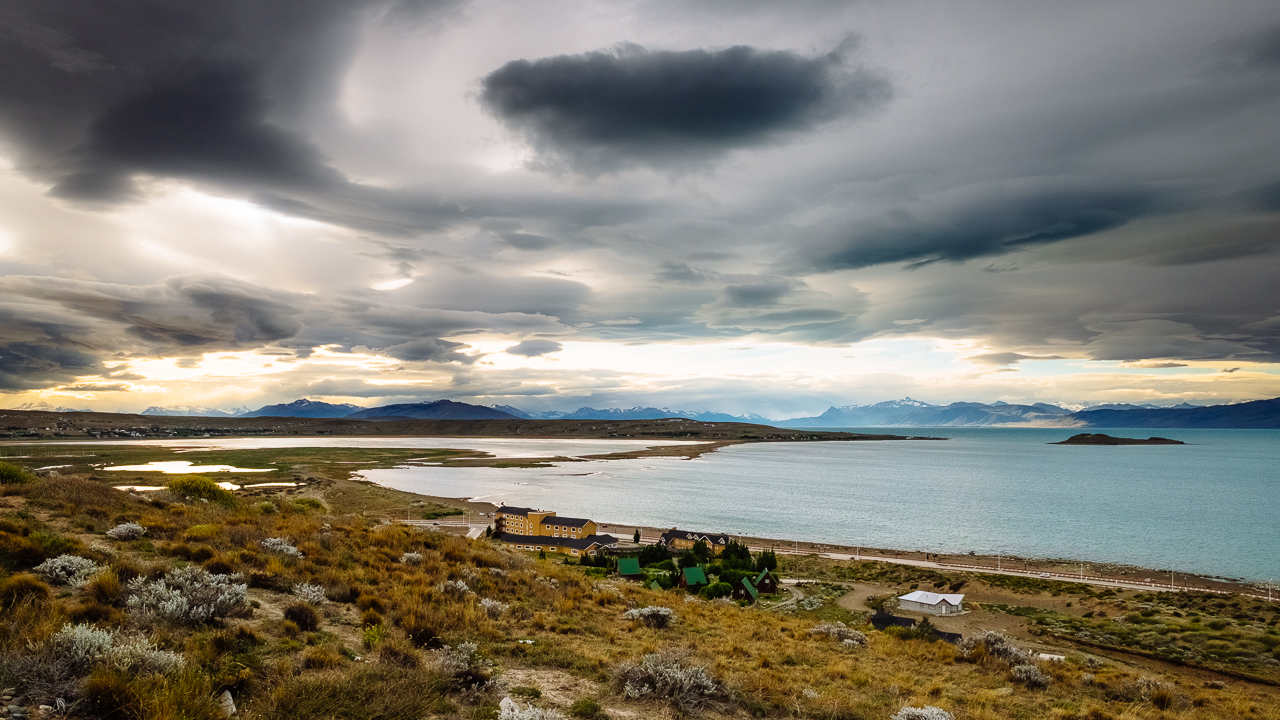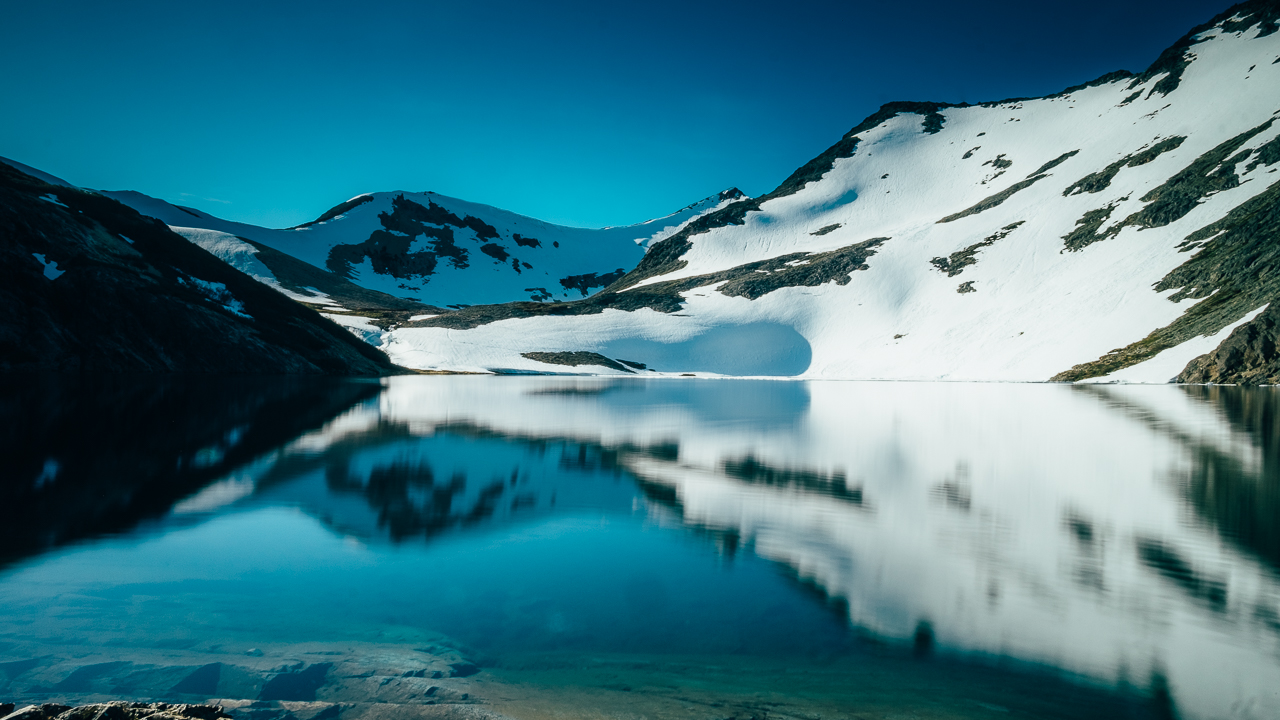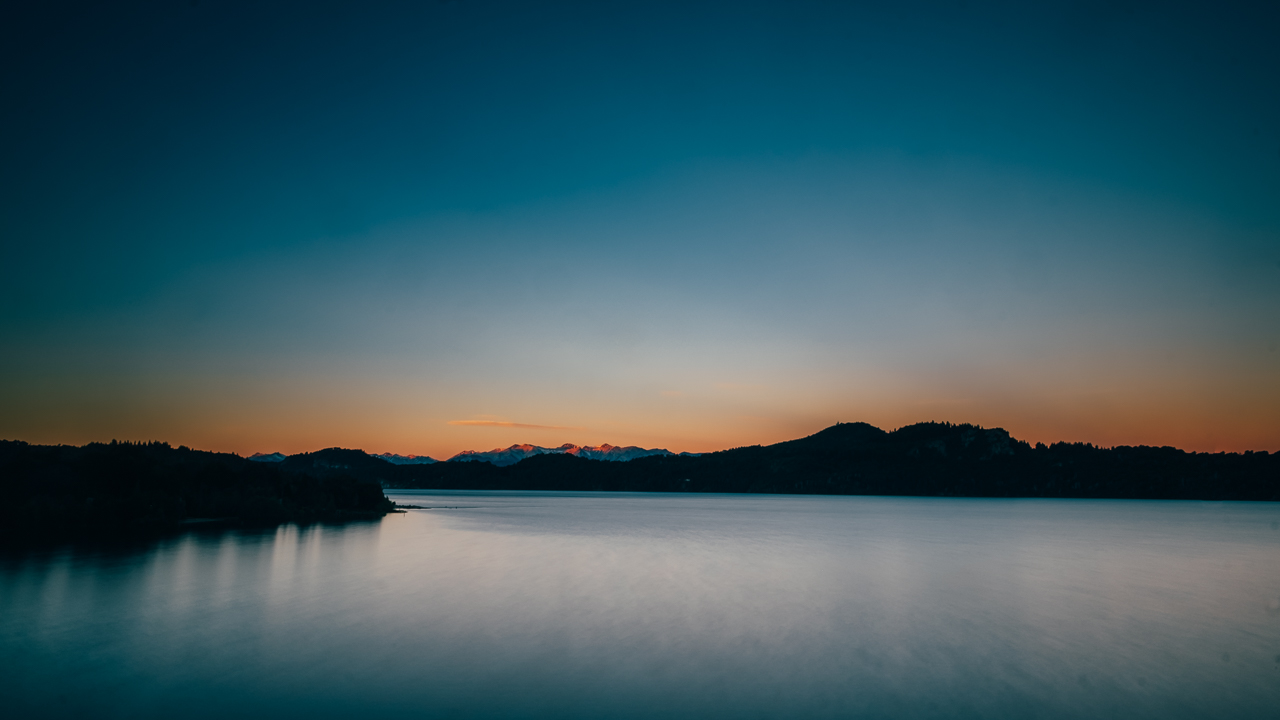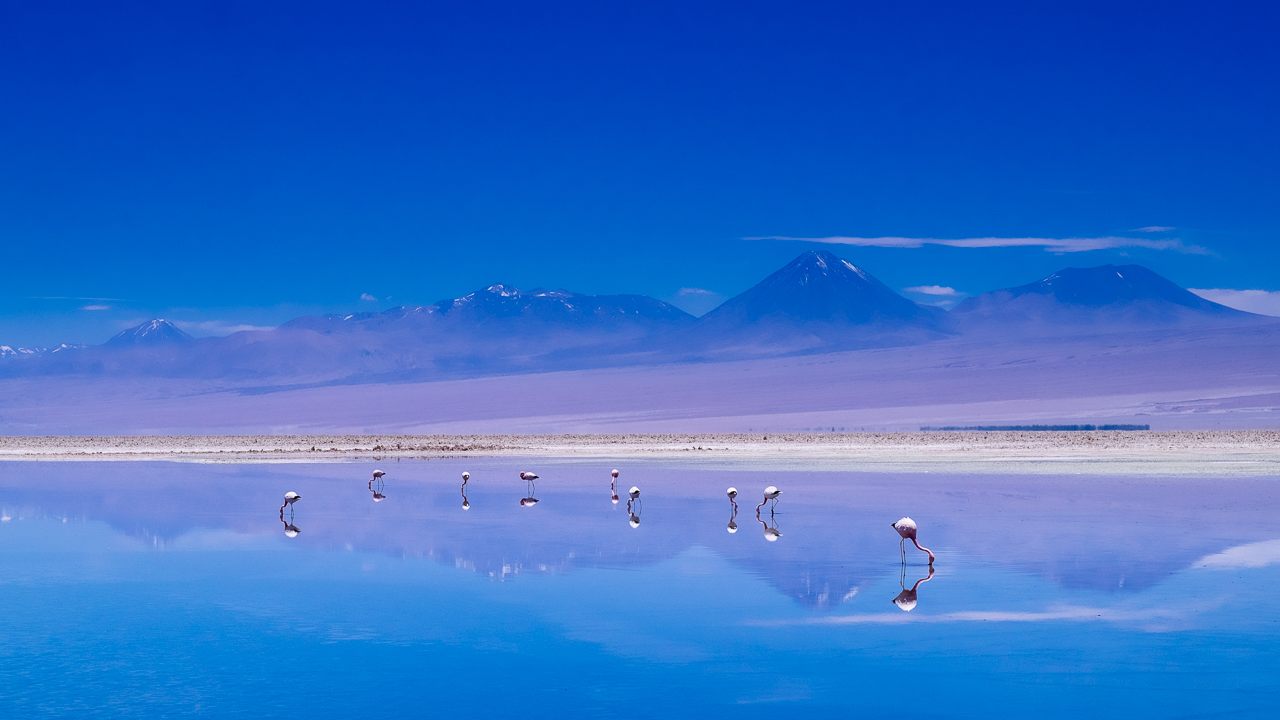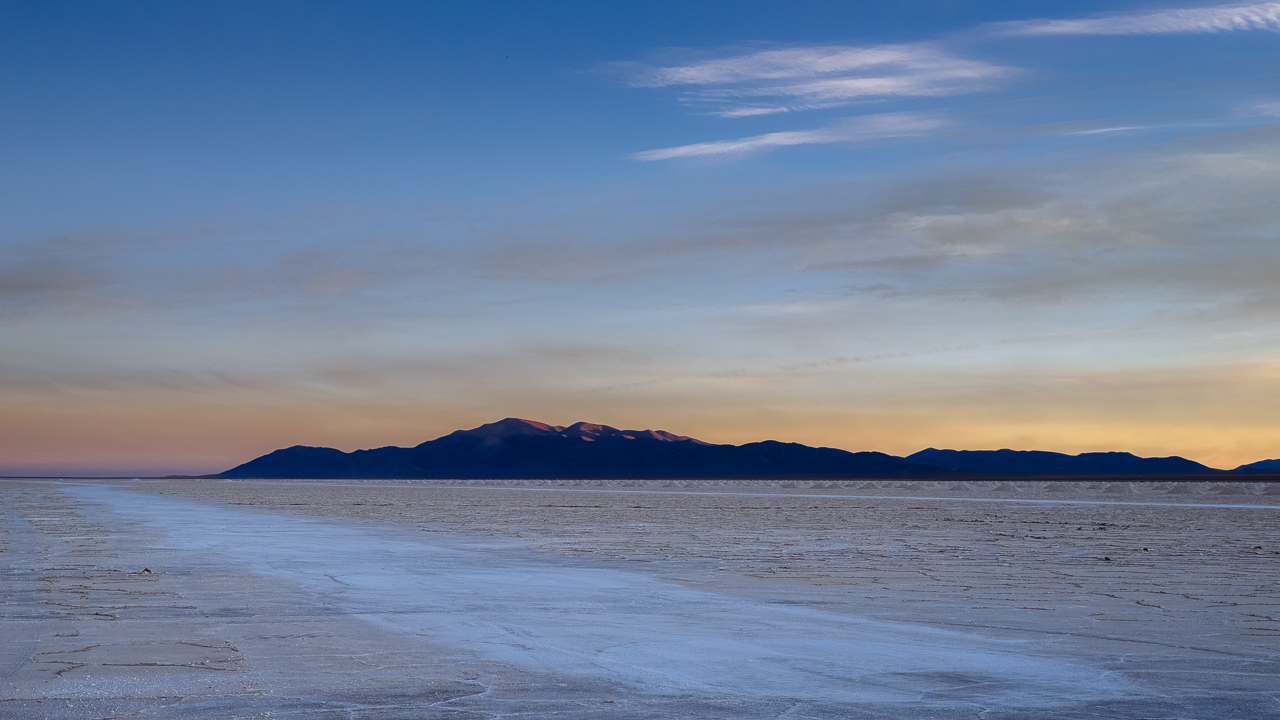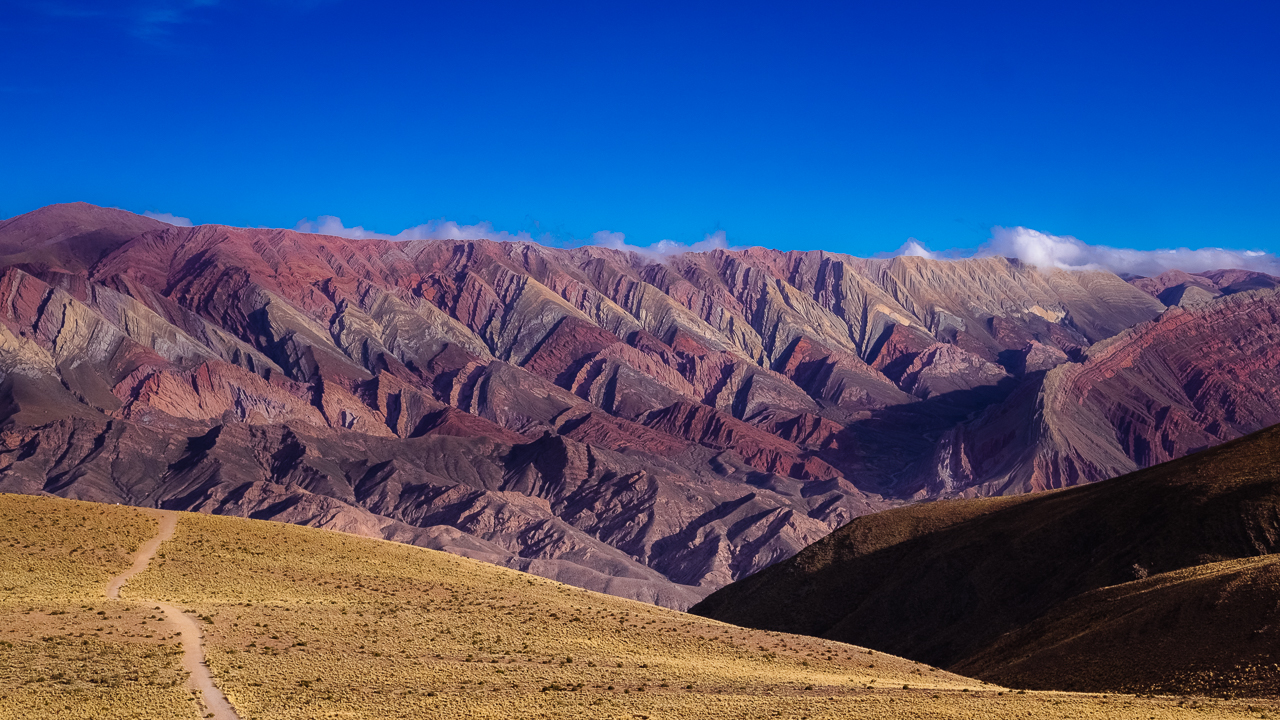Hi !
An epic journey to Patagonia has to be with a stop to Parque Nacional de Torres del Paine, a true natural wonder of world. But before I dive into the adventure we had there, I’m gonna start with approaching this visit, one that need planning and understanding what you going to put yourself to.
Our initial plan was to make the O circuit, a 120km trek, 8 days of walking in unpredictable weather conditions and 7 nights of sleeping in what can range from the five-stars shelters to the miserable campsite bashed by the winds and soaked by the rain. Our fitness level and fear of living 8 days in wet clothes made us change to the W circuit, a 65km trek over 4 days and 3 nights.
If this costed us una pasta (a lot by Spanish standards) to make that change, it offered us a perspective on the park we forgot completely about: taking time to also visit the rest of the park. And we realise that when taking the boat from the Hotel Lago Grey to the Refugio Grey, during with we received long explanations and enjoyed beautiful views of the Grey Glacier itself (part of the largest ice field of the south hemisphere, making it the largest non polar fresh water reservoir in of that same hemisphere).
I will let you google the Refugio Grey if you would like to see how we spent our first night. Let me say that this is not a shelter, but a five-star hotel… The people doing the O circuit would arrive here after passing the Paso John Gardner, more likely after fighting strong winds and rains that would feel like gravel been thrown at your face, must even rate it a million-stars hotel at that point.
That night in that refugio, it was clear that just going there to walk the circuit (which ever) is not enough, and that we’ll have to comeback to make more small hike and more tours to fully enjoy the park.
Enjoy (or not) and stay tuned !
